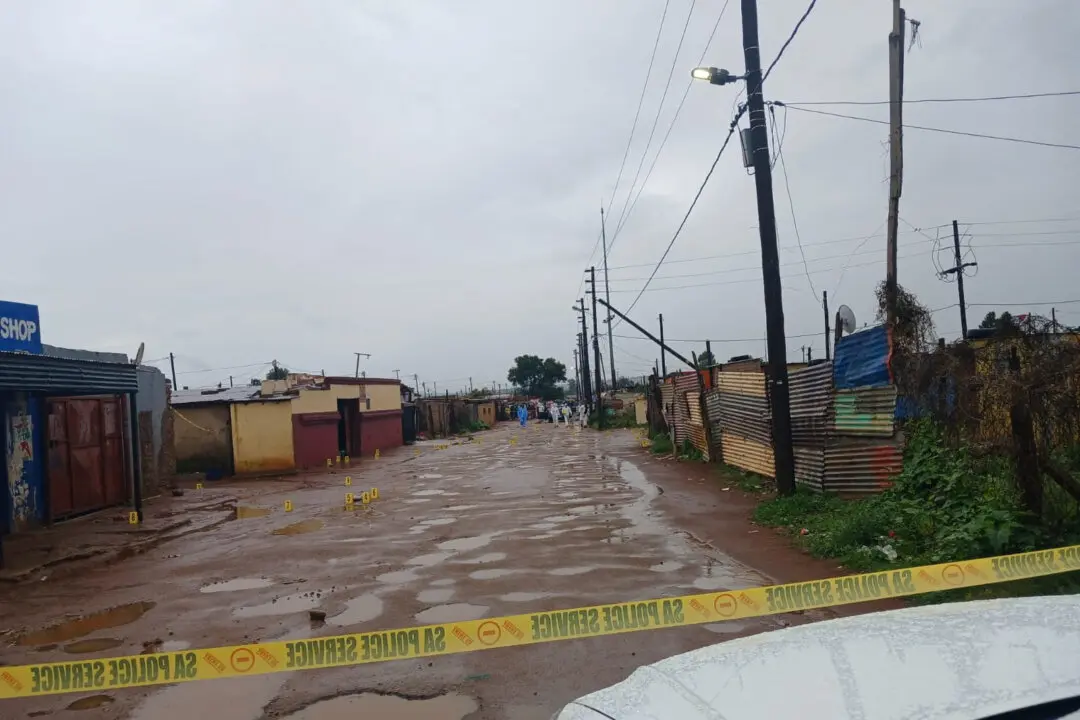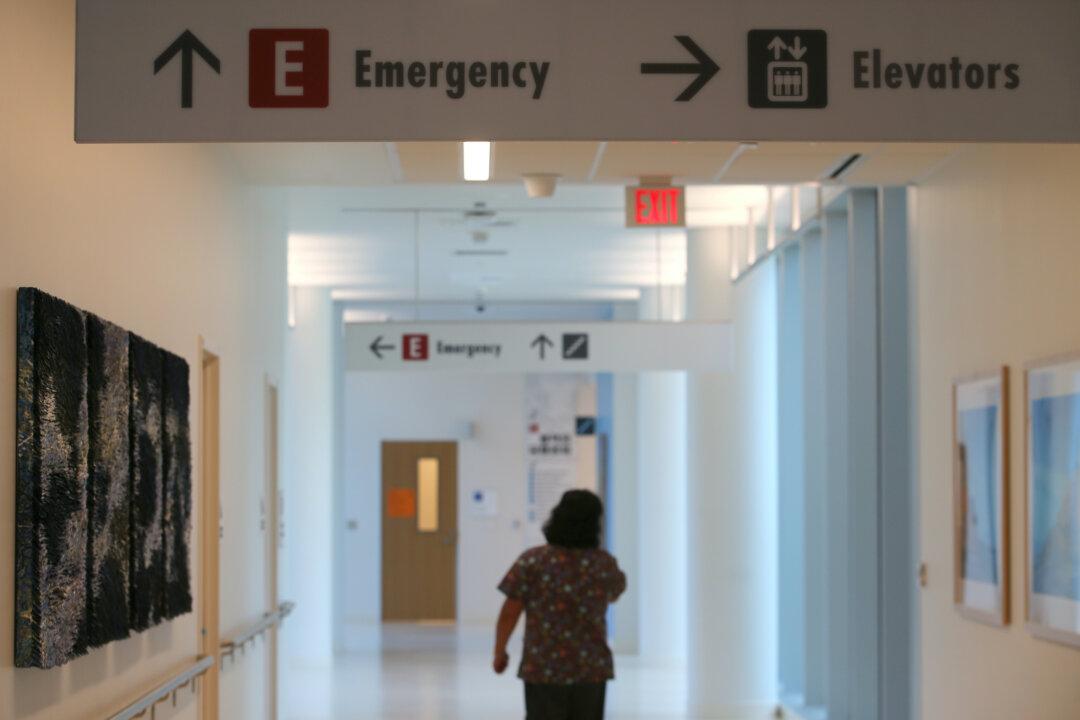LONDON—How much damage have the COVID-19 pandemic and the collapse of oil prices inflicted on global financial markets this year? Put simply, it has probably been the most destructive sell-off since the Great Depression.
The numbers have been staggering. Roughly $12 trillion has been wiped off world stock markets, oil has slumped 60 percent as Saudi Arabia and Russia have started a price war, and emerging markets such as Brazil, Mexico, and South Africa have seen their currencies plummet more than 20 percent.





